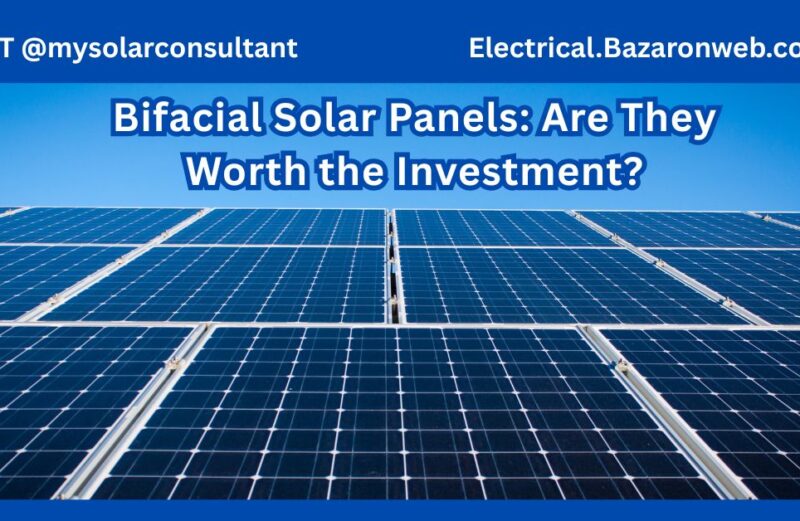Solar technology is evolving fast, and bifacial solar panels are among the most talked-about innovations today. Unlike traditional panels, bifacial panels can capture sunlight from both sides—direct light on the front and reflected light on the back. But do these panels really deliver enough extra energy to justify their higher cost? Let’s explore.
🌞 How Do Bifacial Panels Work?
Bifacial panels have transparent backsheets or dual glass layers, allowing light that bounces off the ground, roofs, or reflective surfaces to generate extra power.
📊 Potential Benefits
- Higher energy yield: Typically produce 5–20% more electricity, depending on installation design and surroundings.
- Durability: Many use double glass, improving strength and lifespan.
- Lower Levelized Cost of Energy (LCOE) over time thanks to higher production.
⚠️ Key Considerations
- Site matters: White or reflective surfaces like concrete rooftops boost rear-side production; dark asphalt or shaded areas reduce it.
- Installation cost: Slightly higher than standard panels.
- Design: Need specific mounting to allow reflected light underneath.
💡 Ideal Use Cases
- Large-scale solar farms over gravel, sand, or snow
- Commercial rooftops with reflective membranes
- Vertical or east-west installations to maximize sunrise and sunset light
✅ Are They Worth It?
For sites with high albedo (reflectivity) and enough space for optimized racking, bifacial panels can outperform standard panels financially over the system’s life.
For typical residential rooftops, the gains may be smaller and might not justify extra costs—though technology and prices are improving each year.
🌱 Final Thoughts
Bifacial solar panels are a smart choice when matched with the right design and environment.
For homeowners and businesses investing in solar, it’s worth asking your EPC provider for a custom analysis to see if bifacial systems make sense for your project.
—
Written by Ankit Srivastava
Electrical Engineer | Experience in a Global ESG & Sustainability Consulting Firm | Passionate About Renewable Energy Transitions

